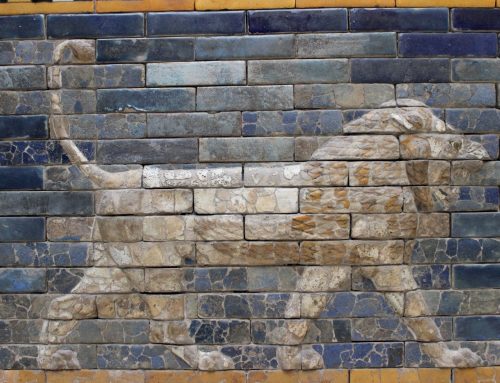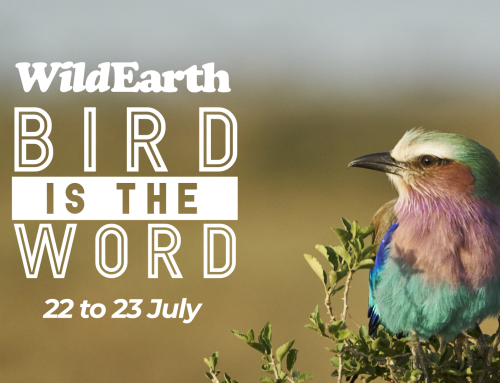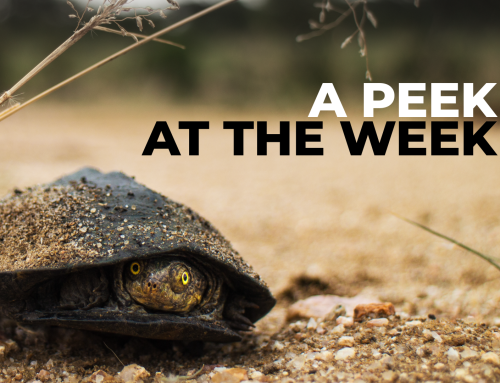Gandalf’s lip curled as he steadied himself against the sky. With the sun behind it, wings tucked and talons locked forward, the hawk sped downward towards the Alpha male at an alarming rate. Its silhouette shadowing the fearless meerkat in an ominous grey vale that shrank rapidly across the Kalahari sand as the hawk closed the distance between them. Time stood still as hawk and meerkat locked eyes. In one fluid motion, and as if he were looking through the bird itself, Gandalf drew his pistol and pointed it directly toward the sun; firing two rounds in quick succession. Gandalf’s hat was blown clear off as the hawk spiralled past him on his sentry post and crashed into the ground below in an explosion of sand and feathers. Still defiantly aiming at the sun, Gandalf slowly lowered his pistol and slipped it back into its holster, eyeing the hawk below as he did so.
Now if every predator/prey interaction played out like an old spaghetti Western, it would be an absolute warzone out there! However, life is not easy in the Kalahari. Especially if you are a meerkat. Think about how we avoid danger: We camouflage ourselves, we keep a lookout, we build shelters, we stick together, we move around, and if we do get into trouble we call our friends for backup. Meerkats do EXACTLY the same! Sure they don’t pull out a cellphone and call Big Bubba to come sort out the trouble makers, but who needs a cellphone when help is just around the next bush! Let’s unpack a few of these survival strategies used by meerkats.
Blend In: Who has ever seen a purple meerkat? Nobody? Exactly! That’s because purple meerkats in the Kalahari would stick out like a whale at a sardine convention. Camouflage is derived from the French word Camouflet which means to Blow smoke in someone’s face as a joke. Now meerkats aren’t really the smoking type, but their coats do allow them to pull the wool over a predator’s eyes. Tawny brown with short, dark patches on the back, their colouring fits in perfectly with the surroundings of the Kalahari and also helps break their outline when they are in the shade.
Deploy Lookouts: You’ll never see an enemy if you aren’t looking for one! Meerkats stand on their hind legs to get a better view of their surroundings and will often try finding a vantage point from which to do this. In the mornings, usually the Alpha male or female will come out first, have a look around and check that the coast is clear, and then call the rest up to the top for breakfast. While they forage, the adults will take turns to be on sentry duty; often climbing an anthill, bush or tree to gain a height advantage whilst on the lookout for danger.
Use Shelters: Yes we all know that meerkats have burrows, but what happens when danger strikes and they are far from home? This is where the gang will make use of a “bolt hole” which is similar to a burrow except much smaller and with fewer entrances. Each meerkat family will have many bolt holes scattered throughout their territory in case of an emergency. These sites are similar to a WWII bomb shelter in that they are always nearby and provide good protection from any nearby danger or even a large thunderstorm.
Stick together: Yes it’s the usual Safety in Numbers story. More comrades in a group means more eyes on the lookout. Whether you’re looking to pick up danger or looking to pick up a date, this strategy is a universal winner.
Move around: When the first little piggy had his house blown down by the big bad wolf, did he hang around to see what would happen next? No! He ran to another Piglet Protection Structure! Meerkats also move house every now and then to make sure that predators don’t pick up on their routines or their regular presence in a given area. There are also two other reasons for moving to a new burrow every few days. Firstly it stops the burrow from becoming loaded with parasites which may cause disease etc. Secondly, visiting other burrows helps the group maintain their territory by checking that no one else has moved in and by the Alpha pair renewing their scent markings in the area.
Call for backup: What’s more intimidating than having one aggressor in front of you? Having ten aggressors in front of you! If a group of meerkats come across a Puffadder or Cape Cobra or even rival meerkats, they will gang up together and see the attacker(s) off. Strength in numbers and all that jazz! The instigator(s) will rather live to fight another day than be beaten up by a bunch of grub eating Gosa gang members!
So at the end of the day there’s nothing too complicated about these rules, and yet sometimes the dung hits the fan and things go wrong. This in itself is still a natural occurrence and is inevitable out here in the bush. But the where, when, who and how of those situations will remain a mystery until they’ve already happened.
Rob’s song for the day: The Good, the Bad, and the Ugly – Hugo Montenegro
Stay alert!
Rob




